(Psst: The FTC wants me to remind you that this website contains affiliate links. That means if you make a purchase from a link you click on, I might receive a small commission. This does not increase the price you’ll pay for that item nor does it decrease the awesomeness of the item. ~ Daisy)
Hey there, Pumpkin! Yeah, I’m talking to you.
One of my fall favorites is PUMPKINS. Not only are they adorable (I really, really think they’re the cutest thing in the garden) but they’re also tasty and nutritious.
Here’s some pumpkin trivia.
- Pumpkin is part of the Cucurbita family, which also includes cucumbers and squash and they are botanically classified as fruits, not vegetables.
- Early American settlers made a version of pumpkin pie but hollowing out a pumpkin and filling it with milk, honey, and spices, then baking it in the ashes of their cooking fire.
- Although the classic pumpkin is orange, there are heirloom varieties that are green, yellow, red, white, blue, and tan.
Don’t waste pumpkins just for decor.
Pumpkins are commonly used for decor in the autumn, from Halloween right on through Thanksgiving.
Take Halloween, for example. When my kids were younger, we were far too broke to go out and buy pumpkins to carve and then just allow them to rot on the front porch.
Instead, we chose our pumpkins and painted designs on them with craft paint. (The thick rind protected the edible stuff inside.) Then, if we did end up carving, we did so the night of Halloween right before we went out trick or treating. When we got home, I brought the pumpkins inside, washed them, and processed them.
Later when we had livestock (and a bit more money) we could feed the carved pumpkins to them.
Lots of folks also use pumpkin on their tables and by the front door for the entire autumn season. If you plan to do that, watch to make sure your pumpkin isn’t rotting so you can use it up. It just seems incredibly wasteful to me to buy something that provides that much food and then throw it away.
If you’re wondering what to do with all that tasty, orange goodness, then read on!
Choosing, Washing, and Storing
Many heirloom varieties will provide you with far more pumpkin than the smooth-skinned classic orange varieties.
Always wash pumpkins before slicing into them. This will help to prevent any insecticide that may have been used from being introduced to the flesh inside the hard shell.
The easiest way to remove the rind from a pumpkin is to cut it in half, remove the seeds (reserving them), and bake the halves on a cookie sheet until the flesh is tender (30-45 minutes, depending on the size of the halves). Then you can just scoop out the cooked pumpkin without risking your digits hacking away at that rock-hard rind.
How to cook with pumpkin fresh from the farm
Forget the idea that pumpkin is only for sweet dishes and Pumpkin Spice Lattes. You can substitute pumpkin in any recipe in which you would normally use winter squash. The following recipes have no exotic ingredients and are delicious and thrifty.
6 Delicious Ways to Make Roasted Pumpkin Seeds
When I was a kid, my mom made fried pumpkin. It’s super easy – you cook the pumpkin until it’s soft and mashable. Then she heated up cooking oil (you can also use bacon grease) and pan-fried the mashed pumpkin until there were crispy bits. Season this with salt, pepper, garlic powder, and onion powder to taste. It pairs nicely with home-cooked pinto beans and biscuits or cornbread for a frugal and filling meal.
Preserving
If you can’t eat the whole pumpkin now. You can preserve some for pumpkin-y goodness later!
Freezing
The most foolproof way to freeze pumpkin is to make pumpkin puree. Then, once it cools, fill freezer bags. Lay them flat on a cookie sheet to freeze so that you have nice, easily stackable rectangular packages of puree. Freeze them in 1 or 2 cup quantities for recipe-sized portions. If you want chunks, cut the pumpkin into cubes and then blanch it for 3 minutes, dunking it immediately in an ice
bath. Then, freeze the pumpkin chunks on a cookie sheet and move them to storage bags once they’re frozen.
Dehydrating
You can also dehydrate your pumpkin, either in puree form or sliced form. I prefer the puree version because the end result is more useful. After you dehydrate the puree, you’ll powder it for inclusion in future deliciousness like smoothies or soups.
You’ll need to cook the pumpkin before dehydrating it. Spread your puree on fruit-leather sheets or tray liners and dehydrate at 125 for anywhere from 10-14 hours. It should be brittle and easy to snap when it’s done.
Then, in batches, use your food processor to turn this into a powder. Done!
Canning
You’ve probably that you shouldn’t can pumpkin. I have good news! It is actually just pumpkin purees that should not be canned because the purees are so thick that they don’t heat evenly, leaving them open to the risk of botulism. But it’s perfectly fine to can your pumpkin in chunks in a pressure canner, and then puree the pumpkin when you need it.
I leave my pumpkin unseasoned so that it can be used flexibly, in either sweet or savory dishes. If you have winter squash you need to preserve, you can use these instructions for that, too.
Pumpkin is a low-acid food and MUST be pressure canned.
Ingredients:
- Uncooked pumpkin
- Boiling water as needed
Directions:
- Cut up your pumpkin or squash and remove the rind, seeds, and strings.
(We always save the seeds for roasting.)
- Cut it into 1-inch chunks.
- You can raw pack your pumpkin or squash. Fill your quart jars with cubes, leaving 1 inch of headspace.
- Fill the jar with hot water, keeping your inch of headspace.
- Slide a rubber utensil around the sides of the jar to remove air pockets.
- Process the pumpkin in your pressure canner for 90 minutes at 11 pounds of pressure, adjusting for altitude.
When it’s time to use your canned pumpkin, it will be soft enough that you can mash it with a potato masher.
If you’re making something thick, like pie filling, drain the liquid from the jar before mashing it. For soup, you can leave the liquid in and season to taste!
How do you cook and preserve pumpkin?
Are you a pumpkin fan? Do you buy the cans from the grocery store or use farm-fresh pumpkin? How do you cook and preserve pumpkin? Tell us about your favorite ways to eat pumpkin in the comments.
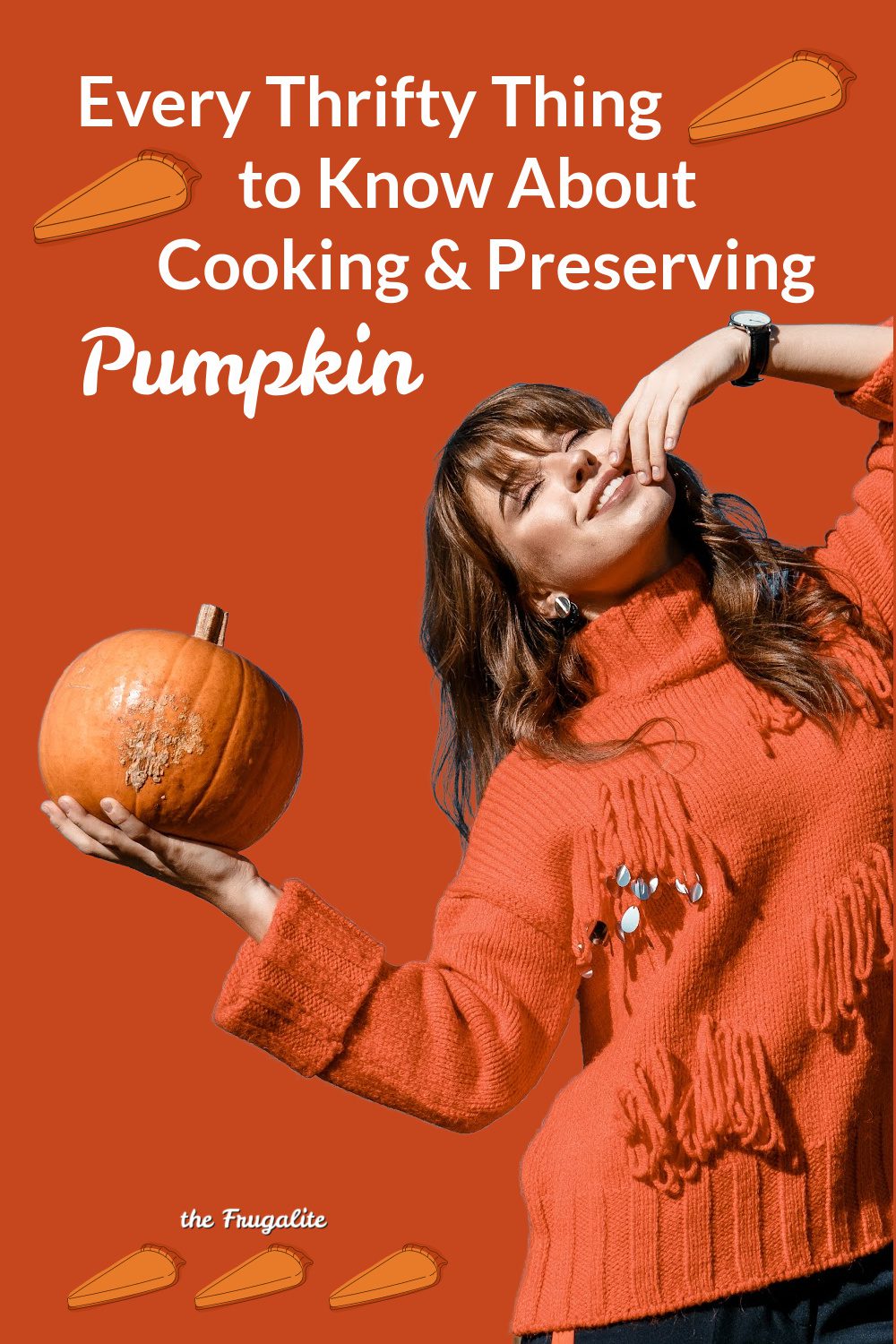



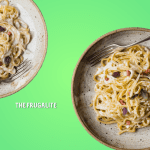
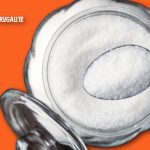
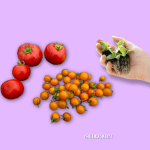
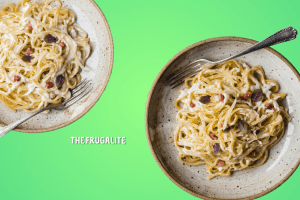
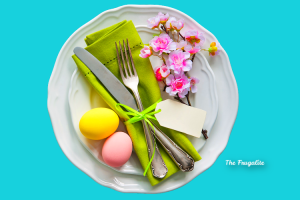

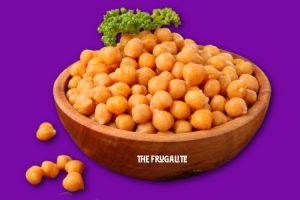

4 thoughts on “Every Thrifty Thing to Know About Cooking and Preserving Pumpkin”
My husband loves pumpkin squash and curries. Every year I buythe largest supermarket pumpkin I can. We cut it in half, saving the seeds for roasting, and roast it in the oven for soup.
The other half is peeled and diced in to 1/2 ” chunks and frozen on a cookie sheet so the cubes can be put into a ziplock bag and stored in the freezer. When I get ready to make my husbands veg curry I toss in a cup or so of frozen pumpkin and let it simmer away. He loves it. I’m not worried about freezer burn as we use most all before spring arrives. I may get two pumpkins this year and try to dehydrate some puree to add to soups.
Good tips.
My kids always loved a thick soup of assorted veggies, a bit of either hamburger Iightly browned, or finely diced ham and 1″ chunks of squash or pumpkin. I use a tomato chicken bullion powder from Mexico (Walmart and most grocery stores carry it.) for richness and a hint of spicy heat. Cook on med heat till the squash or pumpkin is falling apart it’s so tender. Season with salt and pepper to taste. Add a bit of butter if desired.
I always used what ever veggies I had from my garden. Summer yellow squash, green beans, peas, a little Swiss chard or spinich. Really pretty much anything.
Daisy, is there any special trick to storing pumpkins in the basement pantry? I usually just see them along a top shelf in pictures. Any special variety to use in storage? Thanks!
Being a diabetic, controlled for the past 10 years by diet and exercise, normal pumpkin pie is not for me. So, to make it fit in my diet I take one 15oz can pumpkin, 1 12.3 oz pkg MoriNu silken tofu extra firm, 1 Tablespoon pumpkin pie spice and liquid stevia to taste, usually about 10drops. Put in the blender and run till completely blended. Pour into a baking dish or pie pan and bake at 350 for about 45min. For me it’s 4 servings usually served as the main dish with some greens on the side. If I want it as dessert, I use 1/2 serving with some sugar free whipped cream.